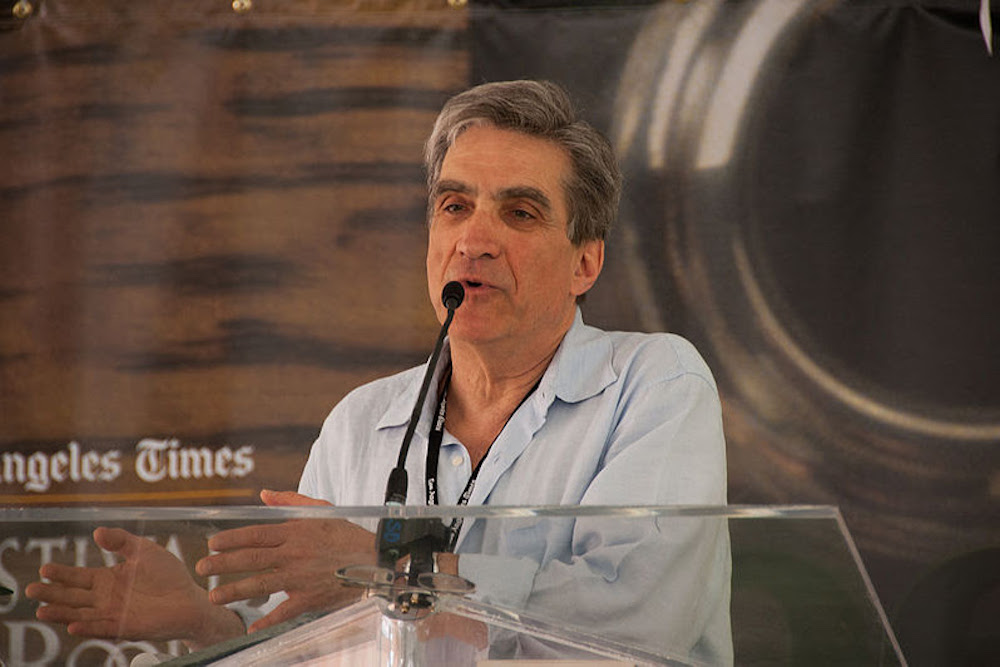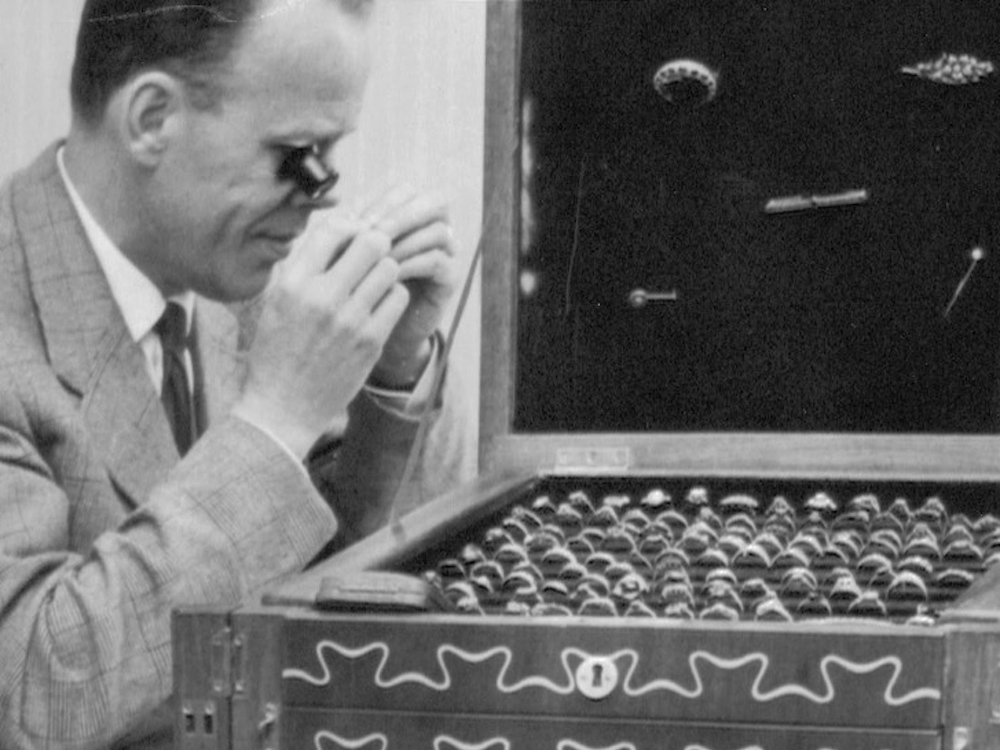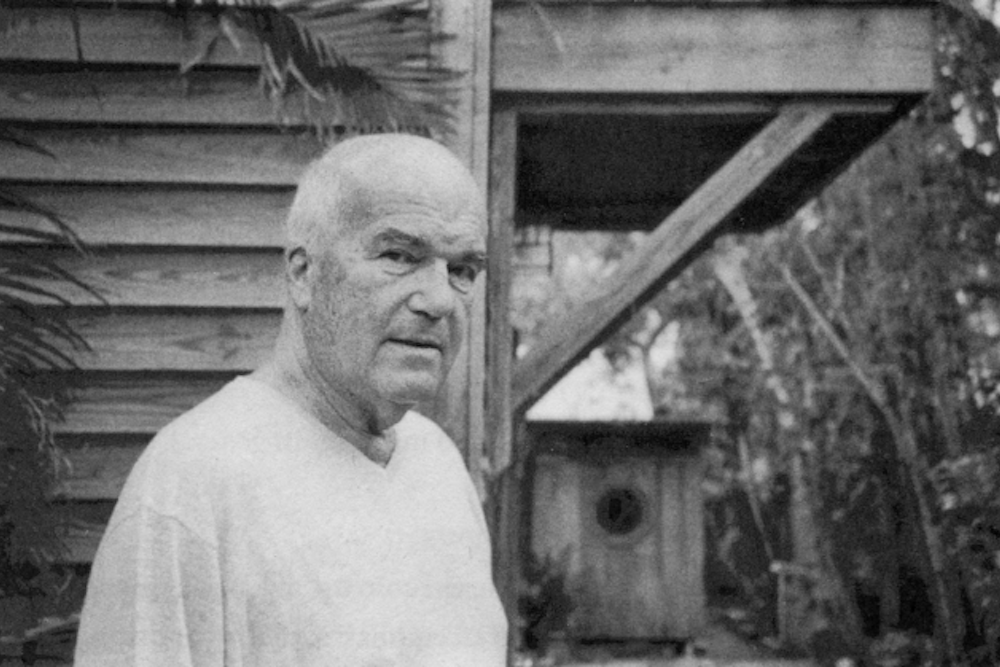For three straight years,Passion's Peak (2002) global greenhouse gas emissions -- the primary driver of global warming -- leveled off while economic growth continued. This led to a flood of optimism that at long last, greenhouse gas emissions were peaking and would finally start declining. In addition, it sparked a flurry of stories about how the world was finally separating, or to use a technical term "decoupling," economic growth from emissions of greenhouse gasses.
Those hopes have largely been dashed with the news on Monday from the Global Carbon Project showing that it's likely that 2017 saw about a 2 percent increase in global greenhouse gas emissions, with such emissions hitting a record high.
SEE ALSO: The astounding climate denial of a top Trump environmental pick was just on display before senatorsThis increase, the group found in a series of peer reviewed studies published Monday, is likely due to an uptick in emissions from China and other developing nations, including a rise in the use of coal worldwide compared to the preceding few years.
The bottom line message of the report is a sobering one. While policy makers are meeting in Bonn to hammer out the rules under the landmark Paris Climate Agreement, it turns out that the world is careening further and further away from the Paris temperature goals.
We're pushing the climate gas pedal while politicians are barely pumping the brakes. The end result of this dynamic, depending how much longer it lasts, might lead to far more significant climate change consequences than would otherwise occur. Such consequences would include high amounts of sea level rise that could swallow coastal cities worldwide, to sharp upticks in heat waves, floods, and drought events in many areas.
 Original image has been replaced. Credit: Mashable
Original image has been replaced. Credit: Mashable Global carbon dioxide emissions from fossil fuels and industry hit a record high this year, of about 37 billion tons of carbon dioxide, according to the Global Carbon Project.
The Paris Agreement calls for holding global warming to well below 2 degrees Celsius, or 3.6 degrees Fahrenheit, below preindustrial levels by 2100.
This goal is seeming to be more and more of a pipe dream, warns Glen Peters, a researcher at the CICERO Center for International Climate Research in Oslo. Peters is a co-author of the Global Carbon Budget report.
Peters says the flat emissions between 2014 and 2016 were largely due to luck, rather than the result of policies. To get the emissions curve to flatten and bend downwards, as all experts agree is necessary to solve global warming, then more stringent emissions policies will need to be put in place, he said in an interview.
“We’re going to need some policies,” Peters said. “That really has to happen in a lot of countries.”
He said Chinese emissions popped back up in 2017 after an economic downturn.
Asked whether he thinks the world will achieve the Paris temperature targets, Peters said they may already be out of reach.
“I wouldn’t say I’m very optimistic,” he said.
This Tweet is currently unavailable. It might be loading or has been removed.
You may be thinking, "Hey, wait a minute, what about the rapid pace of adding renewables, like wind and solar power?"
Yes, renewables are making rapid gains, but they're starting from a low point compared to the amount of coal and natural gas-fired power plants already in service, so the transition is not happening fast enough.
Further, progress in curbing deforestation is also not happening at a quick enough pace to cut greenhouse gas emissions from that sizable source.
According to Peters, it isn't just the U.S. that's in a holding pattern on climate policy, it's most nations of the world.
“Just about all countries are in some sort of pause or waiting mode,” he said.
For example, many of the countries represented in Bonn have been resisting making more stringent emissions cuts than they had promised just a few years ago.
“Wherever you look, essentially the can just keeps getting kicked down the road,” he said.
A U.N. report released in the run-up to the Bonn talks found that the existing emissions pledges under the Paris Agreement would only get the world about one-third of the way toward meeting the agreement's targets.
The Global Carbon Project found that carbon dioxide emissions from fossil fuels and industry likely increased by about 2 percent in 2017, to a record high.
“Global commitments made in Paris in 2015 to reduce emissions are still not being matched by actions,” said Peters, in a statement. “It is far too early to proclaim that we have turned a corner and started the journey towards zero emissions."
The findings from the Global Carbon Project carry considerable uncertainties, however, in part because Chinese energy and emissions data can often be subject to revision.
This Tweet is currently unavailable. It might be loading or has been removed.
Chinese emissions went down by about 1 percent in 2015 and were flat in 2016, the report found, but the nation's emissions are projected to increase between about 1 percent to just over 5 percent in 2014, with a best estimate of 3.5 percent.
China is the world's biggest emitter of greenhouse gases, followed by the United States.
Even if emissions were to flatten compared to the year before, continued high levels of greenhouse gas emissions would still cause a buildup of global warming pollutants in the air, thereby warming the climate.
 A Kind of Packaged Aging Process by Jan Morris
A Kind of Packaged Aging Process by Jan Morris
 Announcing Our Summer Subscription Deal by The Paris Review
Announcing Our Summer Subscription Deal by The Paris Review
 The Momentum of Living: An Interview with Clare Sestanovich by Elinor Hitt
The Momentum of Living: An Interview with Clare Sestanovich by Elinor Hitt
 The fat bears are already extremely fat
The fat bears are already extremely fat
 Cooking with Sigrid Undset by Valerie Stivers
Cooking with Sigrid Undset by Valerie Stivers
 Redux: Mouth Is Boss by The Paris Review
Redux: Mouth Is Boss by The Paris Review
 Ring around the Archive by Christopher Notarnicola
Ring around the Archive by Christopher Notarnicola
 Amazon Prime Grubhub deal: Save $10 off orders of $20 or more
Amazon Prime Grubhub deal: Save $10 off orders of $20 or more
 This Book Is a Question by Cynthia Cruz
This Book Is a Question by Cynthia Cruz
 Best robot vacuum deal: Eufy Omni C20 robot vacuum and mop at record
Best robot vacuum deal: Eufy Omni C20 robot vacuum and mop at record
 Redux: Fireworks Out of Nowhere by The Paris Review
Redux: Fireworks Out of Nowhere by The Paris Review
 Know Thyself by Meghan O’Gieblyn
Know Thyself by Meghan O’Gieblyn
 In the Gaps: An Interview with Keith Ridgway by Christopher Notarnicola
In the Gaps: An Interview with Keith Ridgway by Christopher Notarnicola
 Today's Hurdle hints and answers for April 29, 2025
Today's Hurdle hints and answers for April 29, 2025
 Reading Jane Eyre as a Sacred Text by Vanessa Zoltan
Reading Jane Eyre as a Sacred Text by Vanessa Zoltan
 Time Puts Its Stamp on Everything by Eileen Myles
Time Puts Its Stamp on Everything by Eileen Myles
 On Baldness by Mariana Oliver
On Baldness by Mariana Oliver
 NYT Connections hints and answers for April 26: Tips to solve 'Connections' #685.
NYT Connections hints and answers for April 26: Tips to solve 'Connections' #685.
 Redux: Without Wanting to Live Forever by The Paris Review
Redux: Without Wanting to Live Forever by The Paris Review
Snapchat Dreams conjures up fantastical AIWordle today: Here's the answer and hints for August 27Life StudiesAmazon Labor Day Sale 2023: Savings still around on MacBooks, Fire TVs and tablets, moreIndia's moon rover just avoided a treacherous craterSteve from 'Blue's Clues' returned and fans are coming to terms with growing upBest cheap flight deal: BOGO free tickets for you and a friend with SouthwestThis *very good* dog stole a cricket ball in the middle of a big matchStaff Picks: A Field in England, A Desert in the MindGoogle launches SynthID, an AI image watermark that's invisible to the naked eyeThe Words Are EverythingStaff Picks: A Field in England, A Desert in the MindHow to use an Instant PotApple sends invites for iPhone 15 launch on Sept. 12Meta is reportedly rolling out legs for its VR avatarsAn Interview with Lynne TillmanThe Morning News Roundup for September 5, 2014Lelo Ina Wave 2 review: The best rabbit vibrator out thereThe Morning News Roundup for September 16, 2014See live Florida beach webcams as Hurricane Idalia nears landfall Epic Battles, Boring Idiots, Paper Clips: Happy Monday! by The Paris Review Phillip’s Dry Cleaners by Amie Barrodale Watch: Dorothy Parker “Reads” by Sadie Stein The Making of Plimpton! by Tom Bean and Luke Poling TPR vs. The Nation; or, The Evening Redness in Lower Manhattan by Cody Wiewandt Salinger Foods, Austen Portraits by The Paris Review Monday: Me by Witold Gombrowicz Webb telescope's photo of Saturn looks really weird. Here's why. Jean Toomer’s “Beehive” by Rachel Kaadzi Ghansah See You There: Paris Review at the Strand, Tomorrow! by Sadie Stein Book Mazes, Ugly Covers, Hauntings by Sadie Stein What We’re Loving: High Fashion, Arabian Nights, and Field Mice by The Paris Review Abandoned House, Frankfort, Maine by Corinne Botz Best free AI courses in June 2025 Dear Paris Review, What Books Impress a Girl? by Sadie Stein What We’re Loving: Toomer, Kusama, and Train by The Paris Review Saving St. Mark's by Lorin Stein Friday: Me by Witold Gombrowicz Dear Paris Review, Where Do I Publish? by Lorin Stein Dear Don Draper by Adam Wilson
2.3956s , 10133.640625 kb
Copyright © 2025 Powered by 【Passion's Peak (2002)】,Wisdom Convergence Information Network